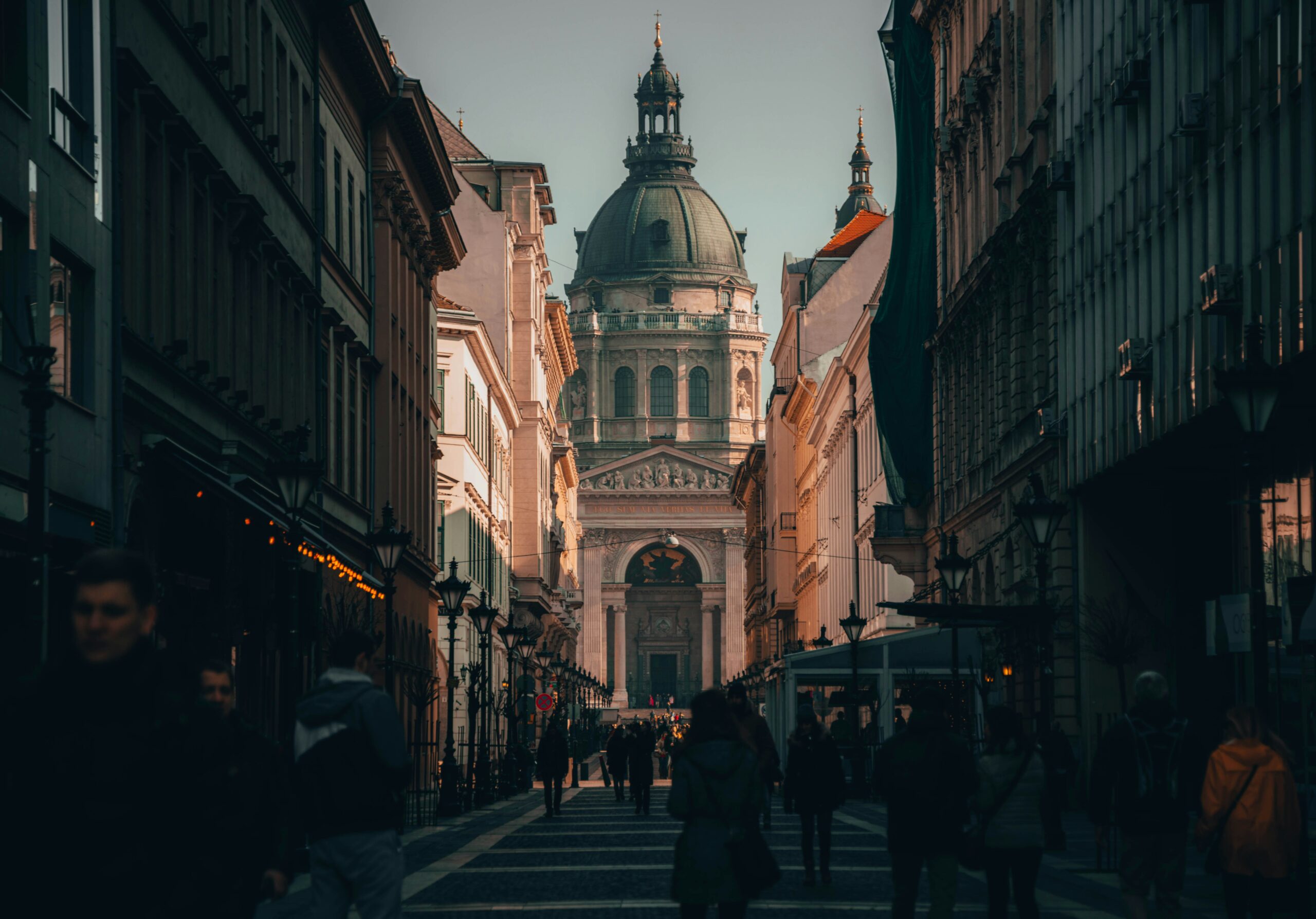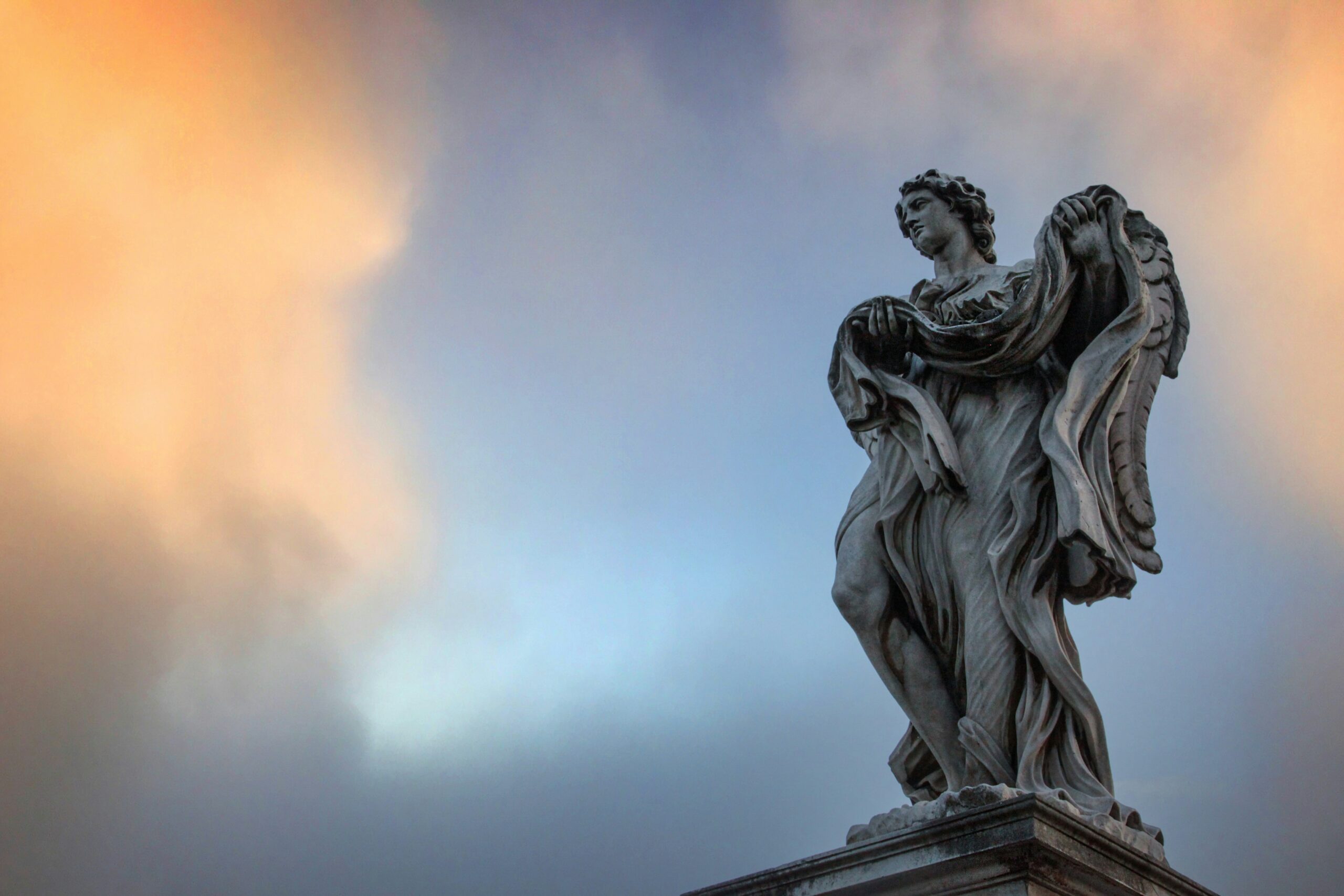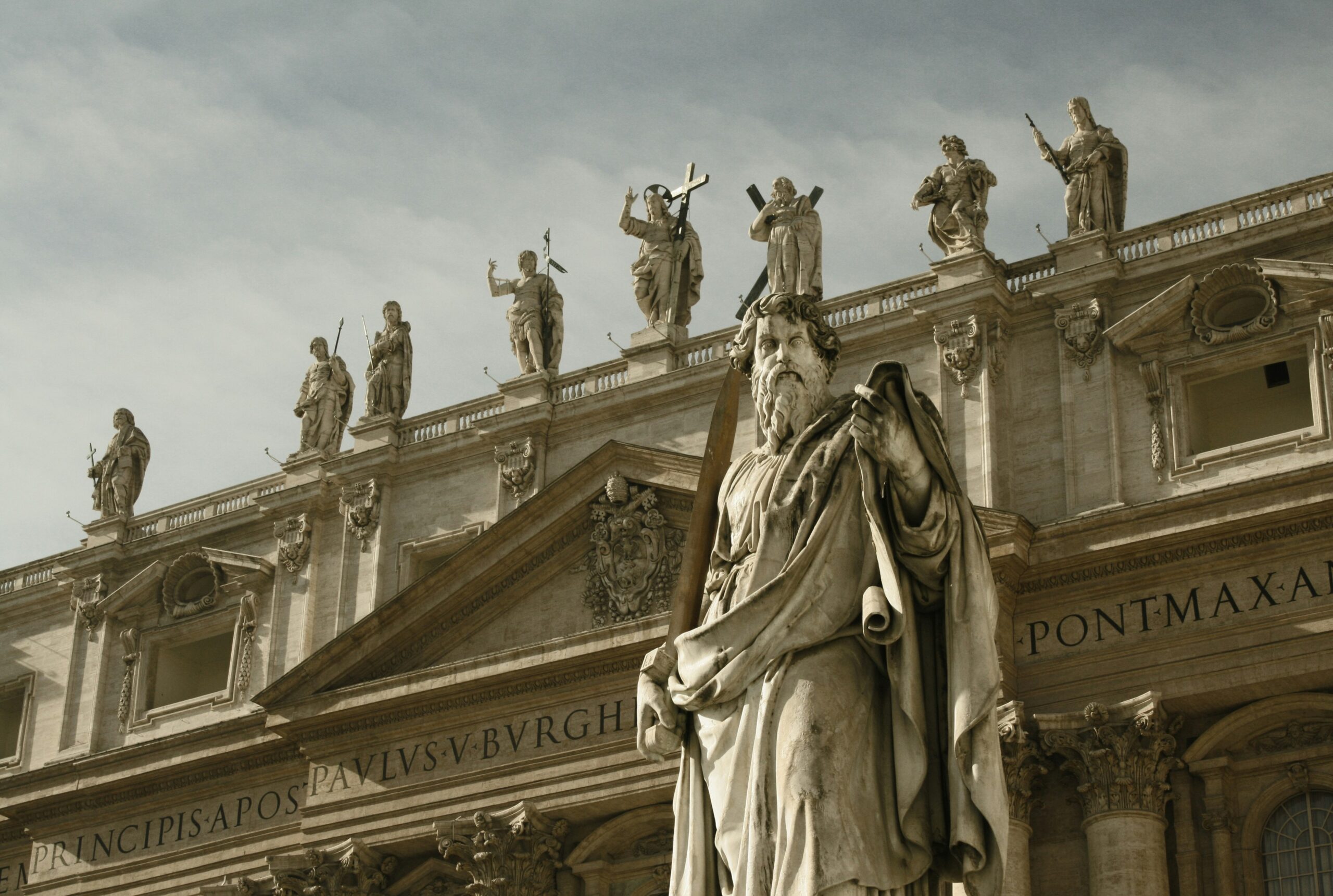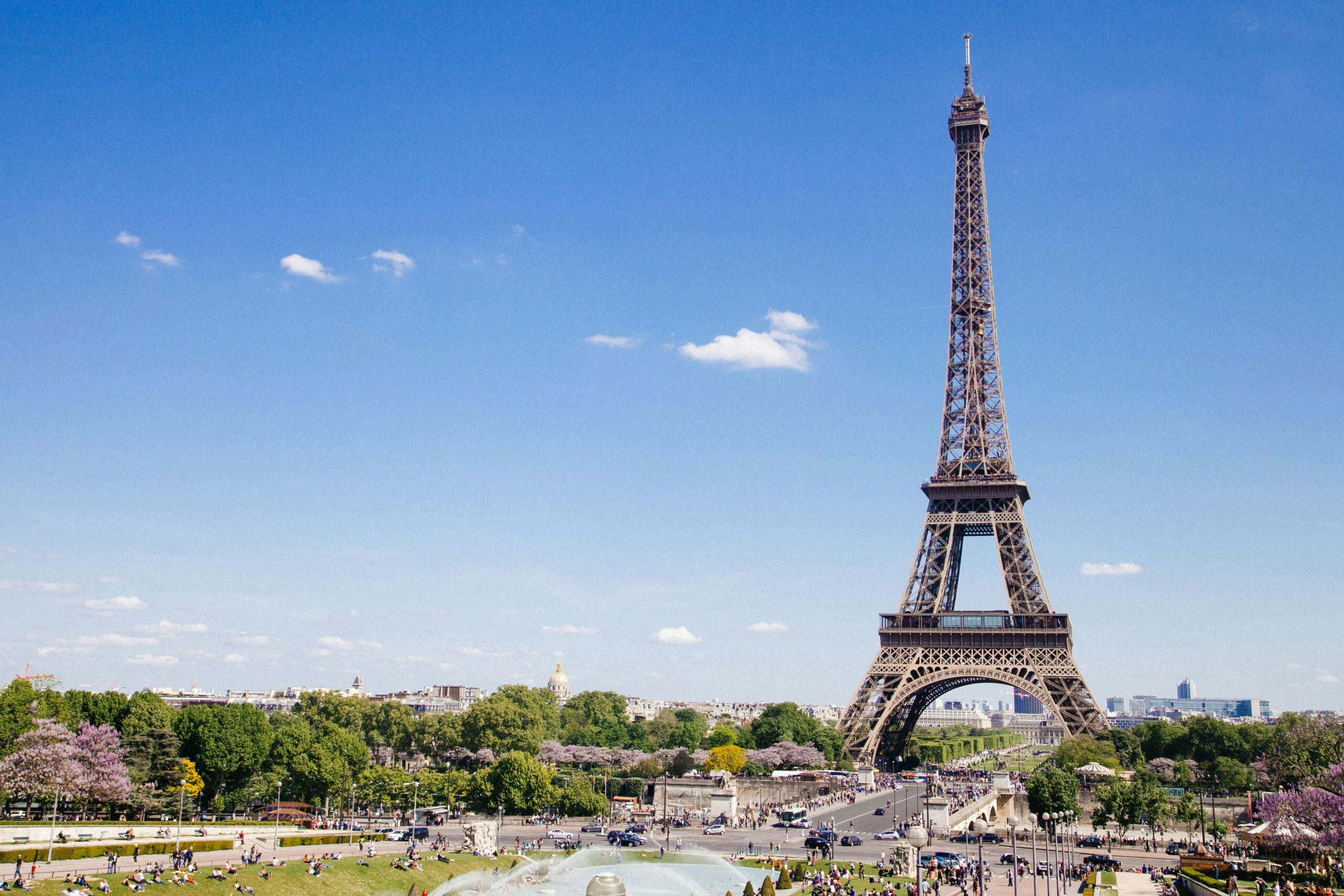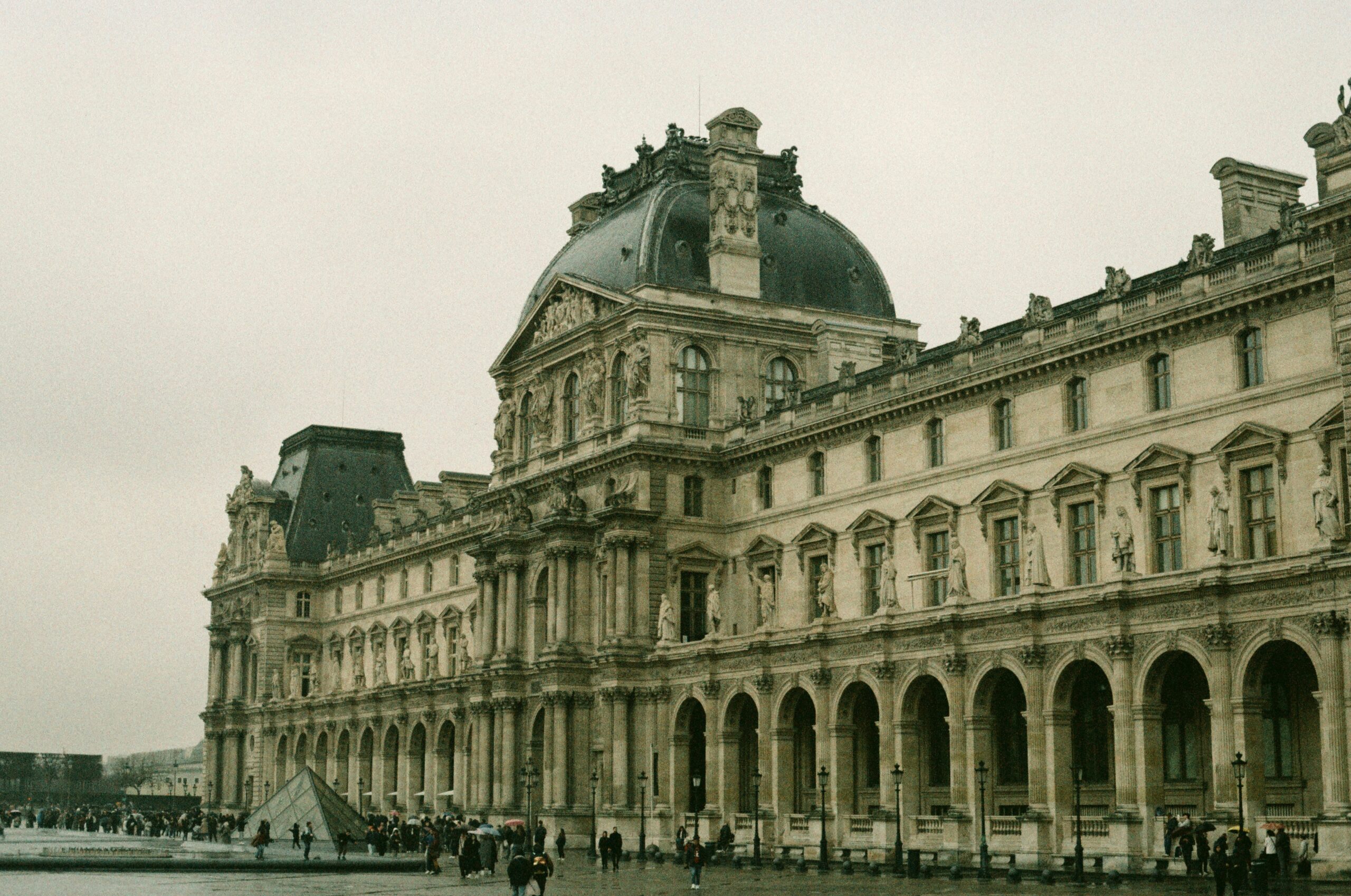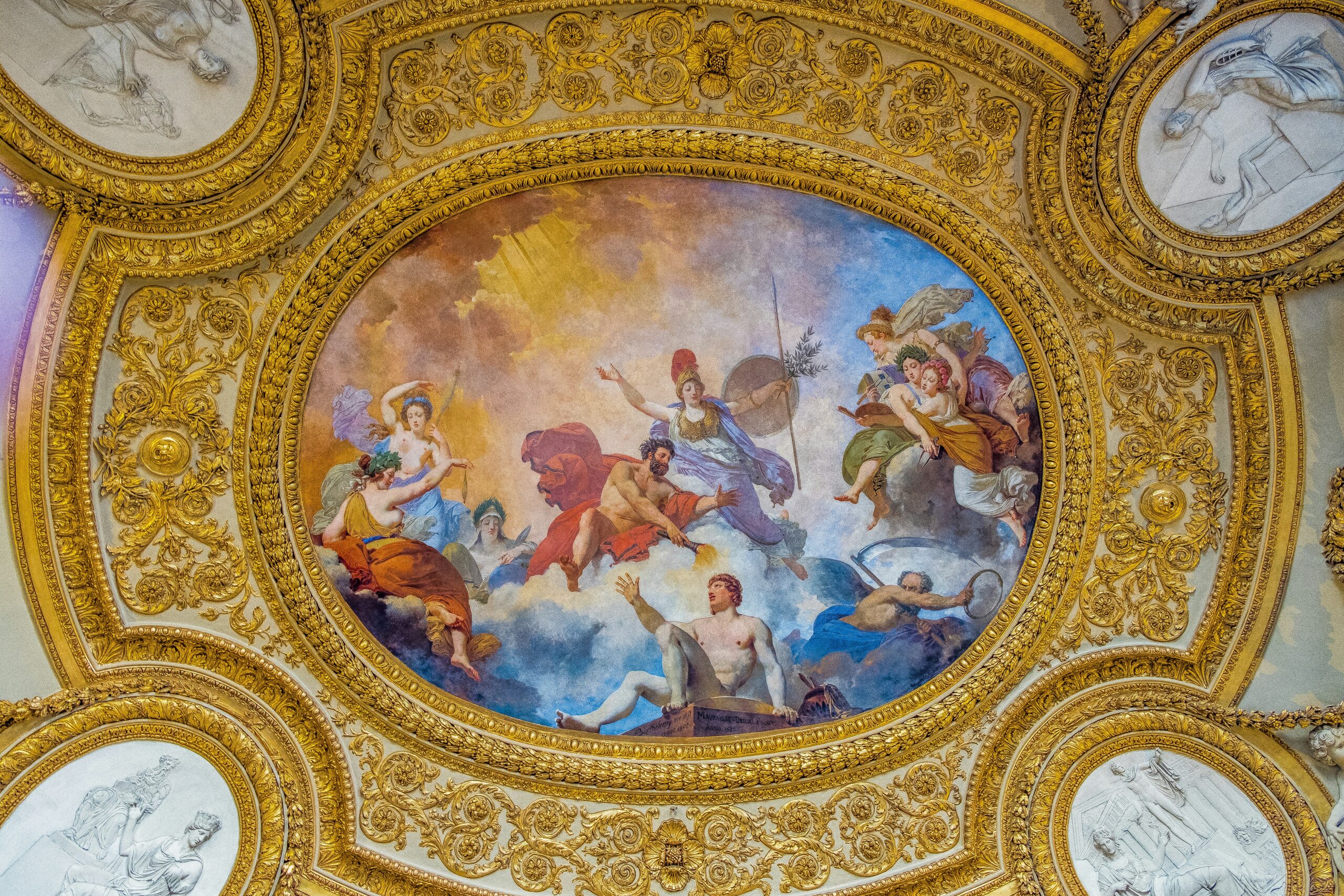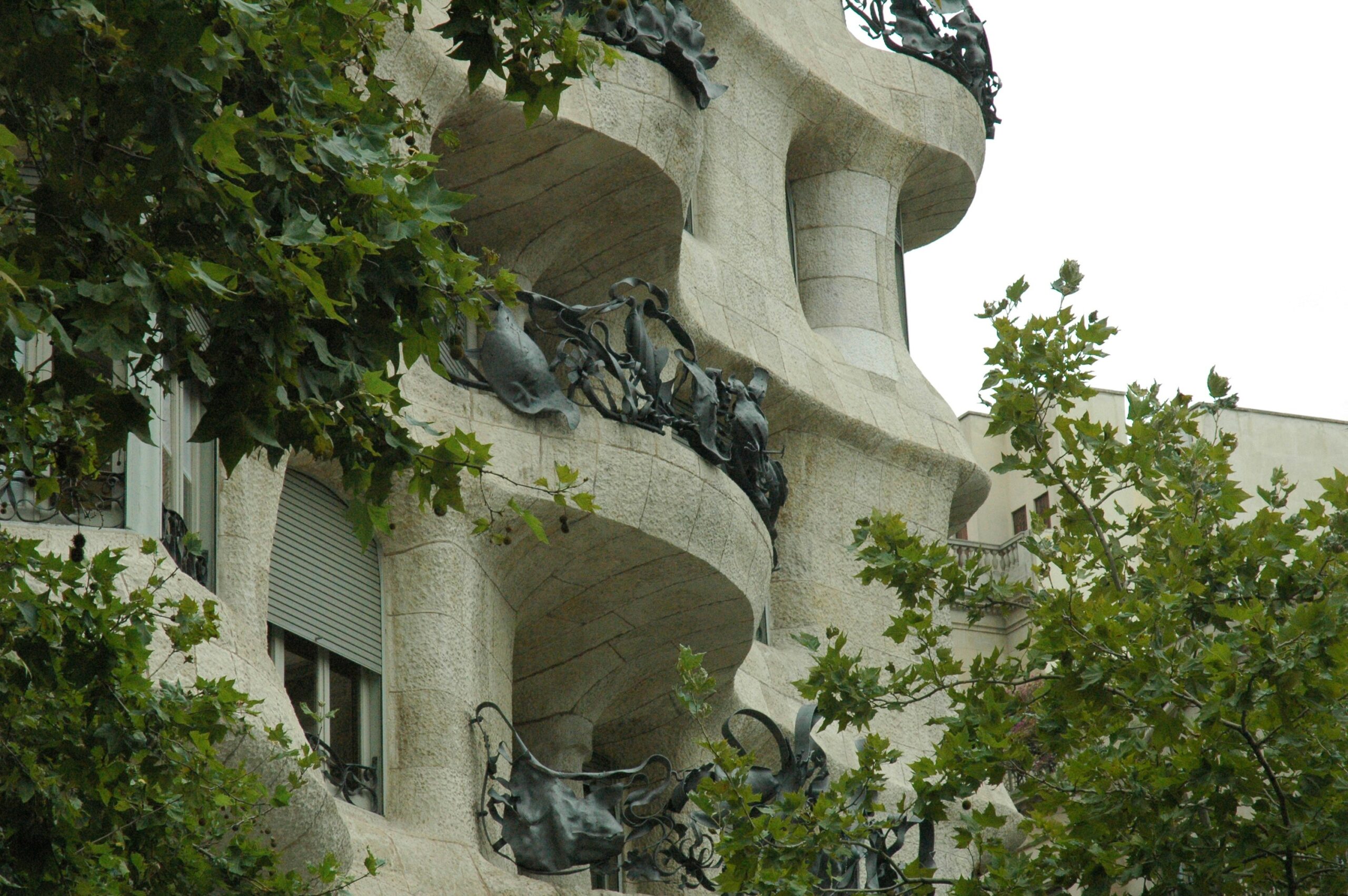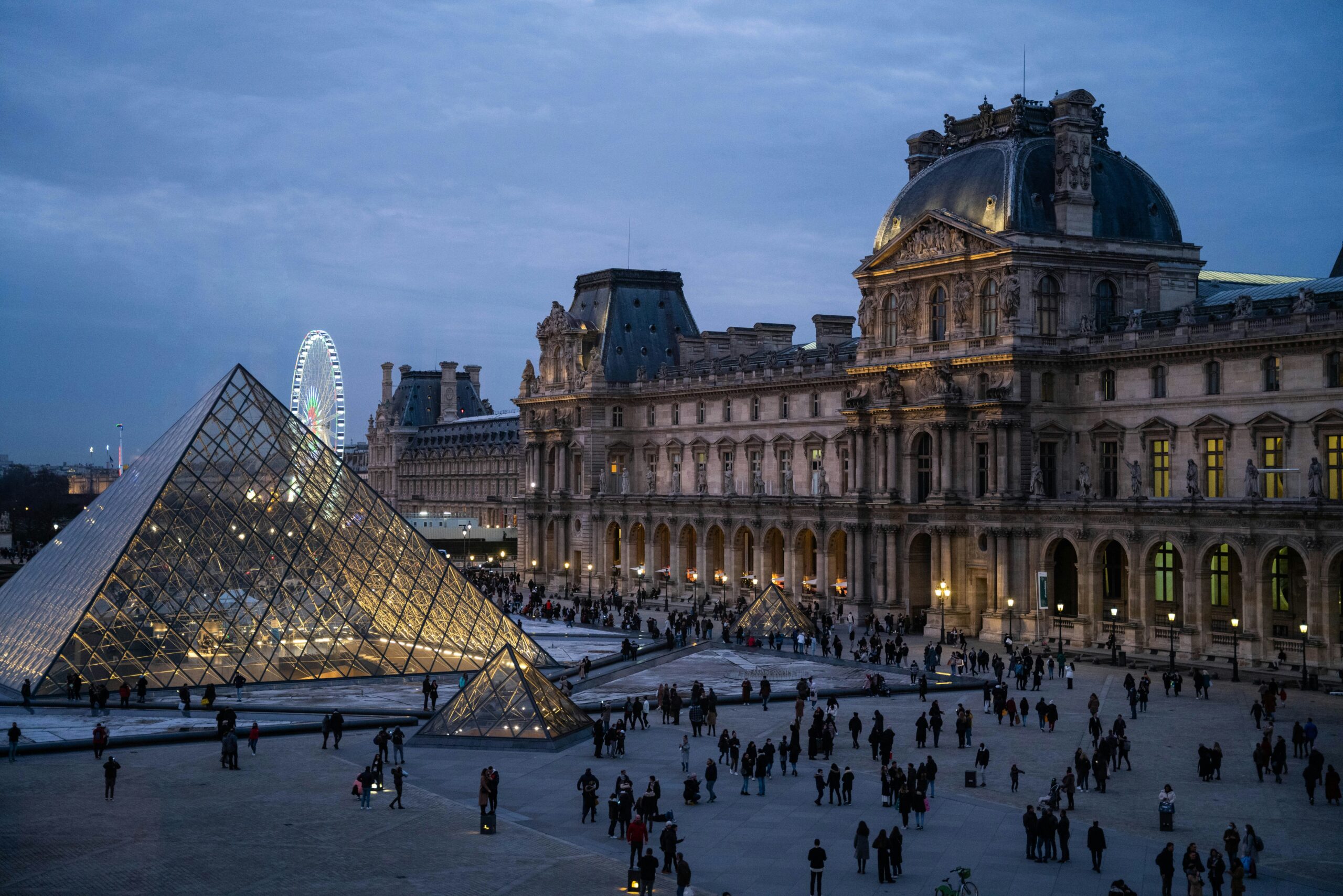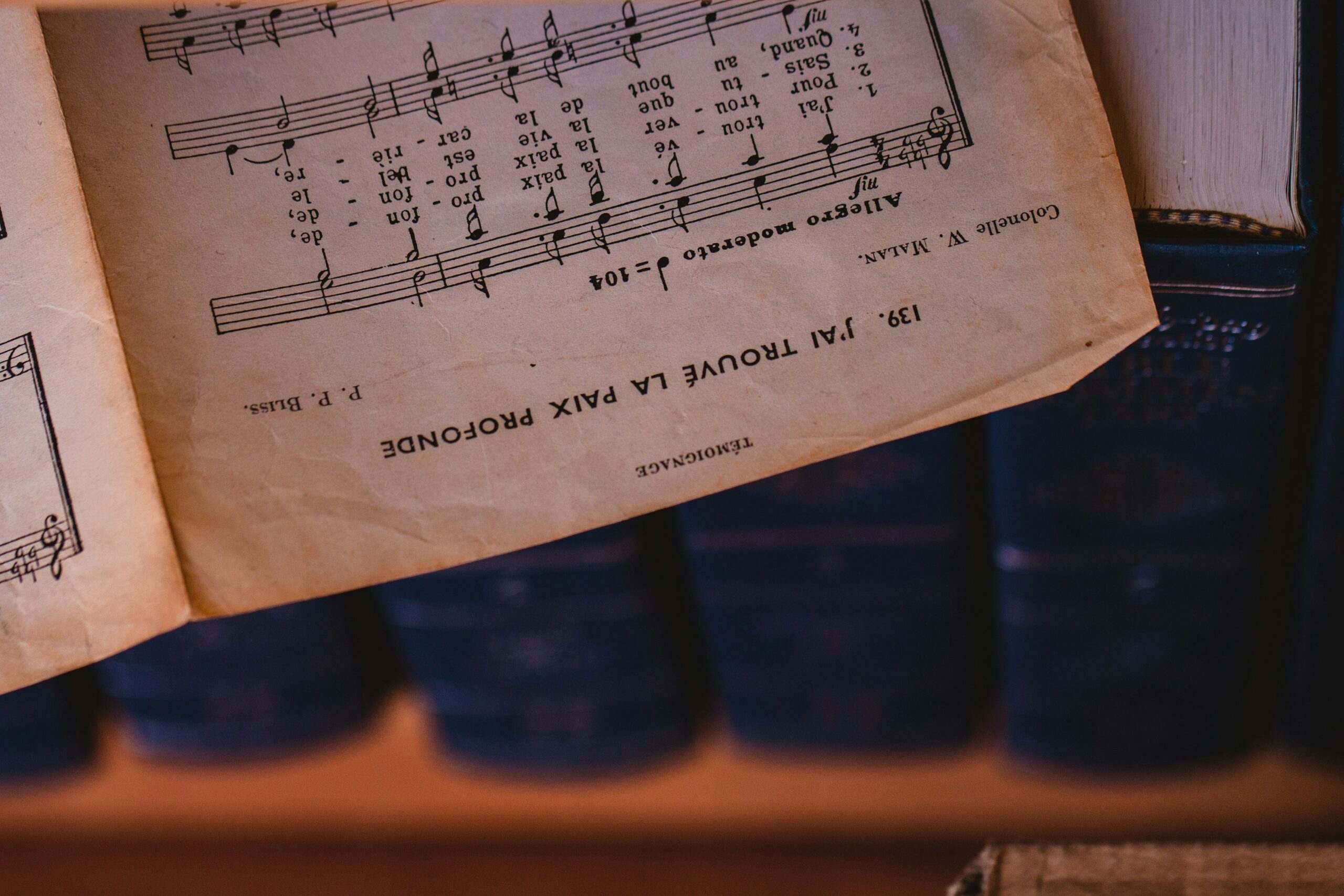When Was French Architecture First Used?
When Was French Architecture First Used?
Introduction
French architecture is widely admired for its elegance, intricacy, and historical significance. From Gothic cathedrals to Baroque palaces and Haussmannian city planning, France has influenced the world’s architectural landscape for centuries. But when was French architecture first used? To answer this question, we must journey through the various eras that shaped French architectural identity.
Whether you’re a tourist exploring French landmarks, a food lover appreciating café culture, a history buff diving into medieval castles, or simply someone curious about architecture, this article will take you through the origins of French architecture and its evolution over time.
- Roman Beginnings: The Foundations of French Architecture (1st-5th Century AD)
Before France had a unique architectural identity, it was part of the Roman Empire (then known as Gaul). The Romans introduced fundamental construction techniques that influenced French architecture for centuries to come.
Key Roman Contributions in France:
- Amphitheaters: The Arènes de Nîmes and Arles Amphitheater are well-preserved examples.
- Temples: The Maison Carrée in Nîmes is one of the best-preserved Roman temples in the world.
- Aqueducts: The Pont du Gard, a UNESCO-listed structure, demonstrates Roman engineering genius.
These early Roman structures provided a foundation for later medieval and Renaissance architecture in France.
- Medieval French Architecture: The Rise of Romanesque and Gothic Styles (10th-16th Century)
During the medieval period, France began developing its own architectural styles, moving away from Roman traditions.
Romanesque Architecture (10th-12th Century)
- Characterized by thick walls, rounded arches, and small windows.
- Primarily used for churches and monasteries.
- Key Example: Abbey of Cluny, one of the largest Romanesque monasteries in Europe.
Gothic Architecture (12th-16th Century): A French Innovation
Gothic architecture, which originated in France, was first used in the construction of Saint-Denis Basilica near Paris (completed in 1144).
Why Was Gothic Architecture Revolutionary?
- Flying buttresses allowed for taller buildings with thinner walls.
- Pointed arches and ribbed vaults created vast, awe-inspiring spaces.
- Massive stained-glass windows (like those in Chartres Cathedral) bathed interiors in colorful light.
Key Examples: Notre-Dame de Paris, Amiens Cathedral, Reims Cathedral.
French Gothic cathedrals influenced architecture across Europe, marking one of France’s most significant architectural contributions.
- Renaissance Elegance: When Classicism Met French Style (15th-17th Century)
The French Renaissance (influenced by Italy) introduced symmetry, proportion, and classical elements into French architecture.
Features of French Renaissance Architecture:
- Inspired by Greek and Roman antiquity.
- Domes, columns, and decorative facades became popular.
- Châteaux evolved from medieval fortresses into luxurious residences.
Key Examples:
- Château de Chambord: A mix of Gothic and Renaissance styles.
- Château de Fontainebleau: A royal residence blending Renaissance elegance with medieval tradition.
- The Louvre’s Renaissance Expansion: Under architect Pierre Lescot, the Louvre Palace began its transformation into a symbol of classical refinement.
This period marked a turning point, as France became a leader in artistic and architectural movements across Europe.
- The Baroque & Rococo Era: Architectural Grandeur (17th-18th Century)
By the 17th century, French architecture had evolved into a grander, more theatrical style, symbolizing royal power and prestige.
French Baroque (17th Century)
- Emphasized dramatic facades, rich ornamentation, and grandeur.
- Key Architect: Jules Hardouin-Mansart, who worked on Versailles.
- Most Famous Example: The Palace of Versailles, built under Louis XIV, showcasing French Baroque opulence.
Rococo Architecture (18th Century)
- An evolution of Baroque, but more playful, lighter, and ornate.
- Popular in Parisian townhouses and palace interiors.
- Key Example: Petit Trianon at Versailles.
The Baroque and Rococo styles spread beyond France, influencing Germany, Austria, and Russia.
- Neoclassicism & Haussmann’s Paris (18th-19th Century)
Neoclassical French Architecture (18th-19th Century)
Following the French Revolution, architecture shifted towards symmetry, simplicity, and grandeur, inspired by ancient Greece and Rome.
- Key Examples: Panthéon (Paris), Arc de Triomphe, Palais Bourbon.
- Influenced civic architecture in the U.S. and Europe.
Haussmann’s Paris (19th Century)
Under Napoleon III, urban planner Georges-Eugène Haussmann redesigned Paris:
- Wide boulevards and uniform Haussmannian buildings.
- Modernized public spaces, parks, and sanitation systems.
- Haussmann’s style influenced urban planning worldwide.
- Modern & Contemporary French Architecture (20th Century-Present)
Art Nouveau & Art Deco (Early 20th Century)
- Flowing, organic designs with intricate details.
- Key Example: Hector Guimard’s Paris Métro entrances.
- Art Deco: Geometric and luxurious designs (e.g., Théâtre des Champs-Élysées).
Modernism & Contemporary Architecture
- Le Corbusier, a pioneer of modernist architecture (e.g., Villa Savoye).
- Jean Nouvel, Dominique Perrault, and Christian de Portzamparc are shaping modern French design.
- Sustainable urban planning is now a priority.
Conclusion: A Timeless Architectural Journey
French architecture first began with Roman structures in the 1st century AD and evolved into the iconic Gothic cathedrals, Renaissance châteaux, Baroque palaces, and modern urban innovations we see today.
From the medieval towns of Normandy to the glittering skyline of Paris, French architecture remains one of the most influential and celebrated styles in the world.

